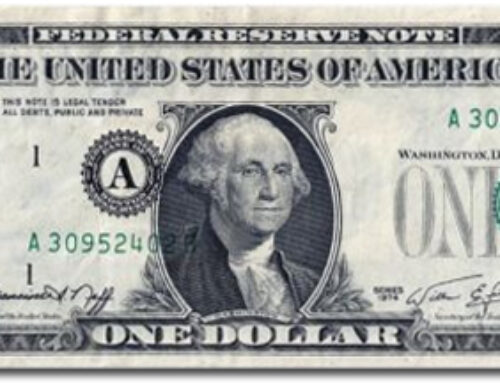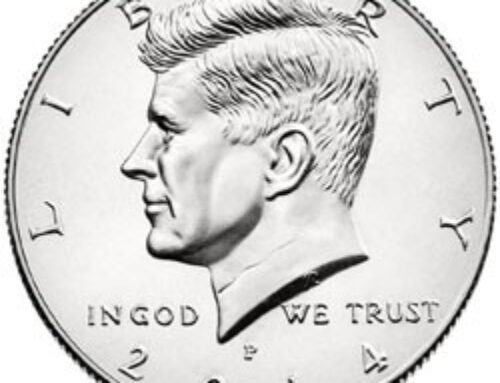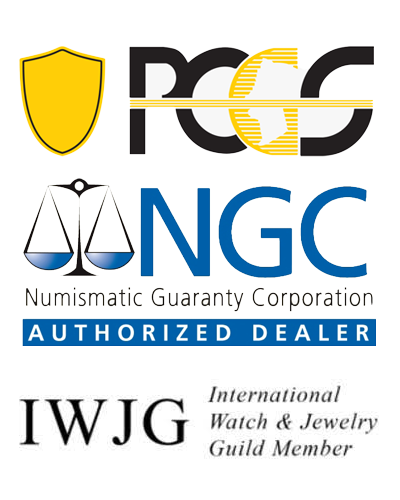Every week, customers bring old letters with stamped envelopes, foreign “coins” and other unusual items to our store for appraisal and possible sale.
When younger folks bring such items, they are usually a gift from a grandmother or uncle who wants to get rid of clutter. The gifts may have been saved as souvenirs by parents who traveled, or from a relative who served in the military.
A real “coin” is issued by a government, has a date, and also a stated value, like “TEN CENTS”. The U.S. has been minting gold, silver and copper coins in the 1790s.
For economic and political reasons, no spendable gold coin has been minted for circulation since 1932. Silver disappeared from U.S. dimes, quarters, half-dollars and “silver dollars” by 1971.
Other countries continued minting gold and silver coins for circulation even after the U.S. stopped using gold and silver in our coinage.
When folks bring their coins to our store for evaluation and possible sale, we first look to see if any of the coins are gold or silver.
About thirty-five years ago, an elderly lady brought in a coffee-can with more than a hundred “Indian-head cents” that were last minted in 1909. All the coins were very circulated, just like any wheat-back “pennies” that might be in your pocket or purse today.
We ran the coins through our high-speed counter, and one looked a little suspicious. It turned out to be a rather dirty $2.50 gold piece.
Finally the clerk said to the lady “Your pennies are worth $49.00.” When she beamed, he added “And your $2.50 gold coin is worth another $50.00. So we will call the total $100.00. Would you prefer cash or check?”
Some of your foreign coins may still be used as money. Euros, Swiss Francs, British Pounds and Japanese Yen are frequently needed for travel. We will offer to buy any “foreign” coins or paper money that can be resold to brokers or customers.
Then there are the many thousands of foreign coins with no current spending value. We purchase such obsolete coins and currency for our collector market. Some coins may have holes. People used old shoe laces to better keep track of them.
Many round pieces are, in fact, not coins, but rather tokens or medals. Some of these may be desirable to collectors. The token may no longer be good for a subway ride of a milkshake, but collectors need them.
Medals have been issued as awards and because of historical events. Values may depend on the reason why it was issued, or the name of the person engraved on it.
Your hoard might also include old envelopes, letters and other documents. The value on these may be in the contents of the letter, the signature, the type of envelope, the stamp or even the cancellations.
On a coin, the value may be related to the quantity minted, the date, the mint mark (like “CC” for Carson City), and the overall condition.
There may also be some older paper currency in your hoard, perhaps printed by countries or banks that no longer exist. The general rule is: everything has value to the collector who wants it.
One hundred years ago, all of the U.S. bills were larger in size than the currency we use today. The larger size bills were often called “horse blankets”, and almost always have a collector-value in addition to the face-value, even in circulated condition.
Smaller size bills were printed with amounts under one dollar. These notes are called “fractional currency” and can be valuable, especially when uncirculated.
Almost all of the bills we see today have green seals and serial numbers. If you have a bill with a red, brown, gold, blue or yellow seal, there can be worth much more than their face value.
As a word of caution, NEVER try to clean a coin and NEVER erase a blemish on anything printed, such as paper currency or any document. Usually this greatly reduces any value that the item may have.
You may be surprised to know that the tarnish found on silverware, called “toning” on coins, can add much value to any silver coin.
As a general rule, don’t throw-away anything that is old, or made of a precious metal, until someone with experience gives you an idea of its value. A good example is dental gold. Always remember: “One person’s junk is another person’s treasure”.








